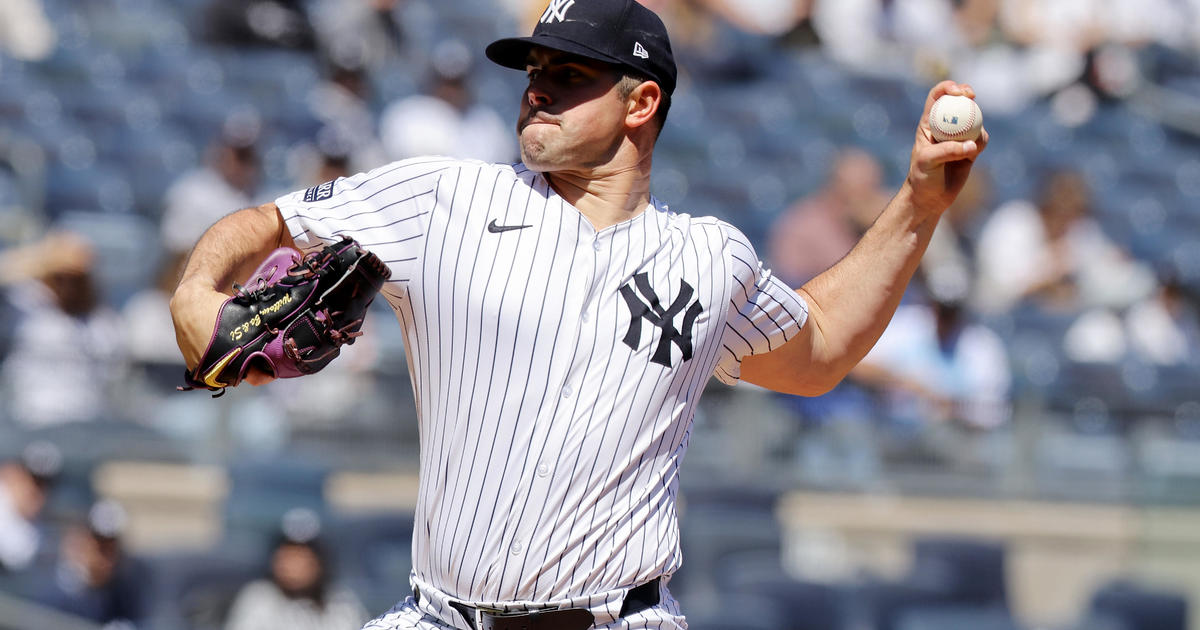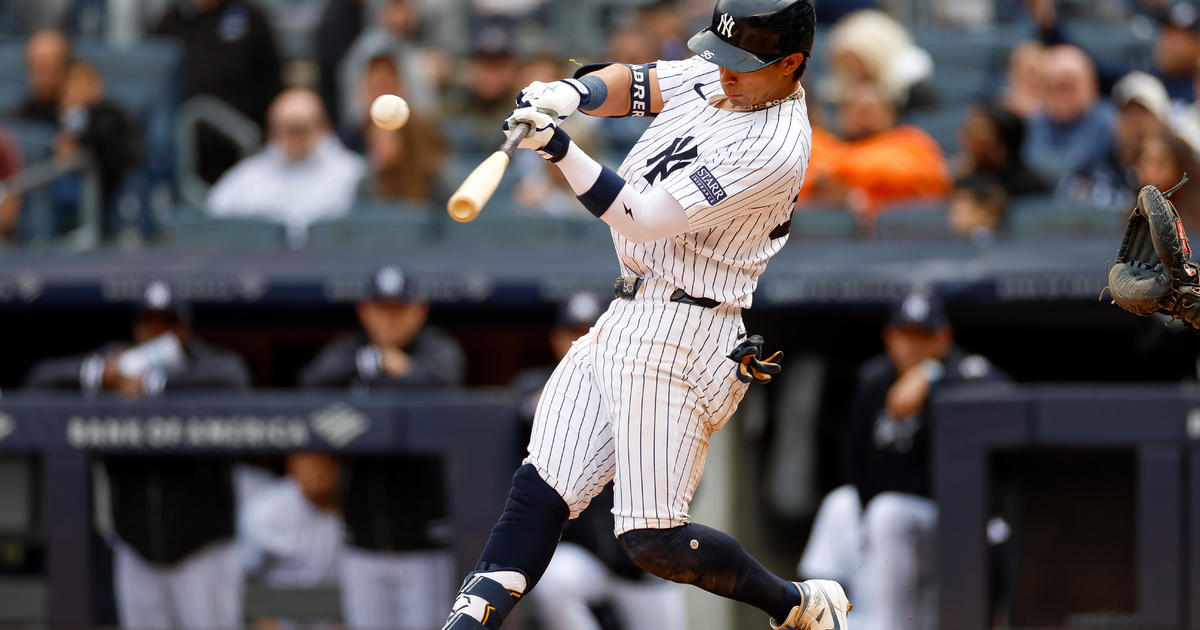Sims: Breaking Down Capuano And Risks Of Rushing Back From Quad Strain
By Abby Sims
» More Columns
By now you've probably heard that Chris Capuano – a 36-year-old left-hander and the Yankees' projected fifth starter – left his exhibition start in the first inning Wednesday with a right quadriceps strain. The injury came on a fielding play as he covered first base.
WFAN's Sweeny Murti subsequently reported that the injury was diagnosed as a Grade 2 strain. Though no timetable was projected for Capuano's return, the season will definitely commence with him on the sidelines. And he may rest there for a while.
Muscle strains – which are really tears in the tissue – range from a mild stretch with a Grade 1 injury resulting in minimal disruption, to complete ruptures, or Grade 3 strains. In a Grade 2 injury the tear to the tissue can range in severity, though a portion of the muscle or tendon remains intact.
Strains occur for two primary reasons:
1. Demand on a muscle/tendon unit exceeds the capacity of the tissue – as when working against excessive resistance or continuing to exert a significant force beyond the fatigue point of the muscle. This is why we can work to fatigue but should avoid exhaustion or failure when we weight train.
2. When a muscle/tendon unit is placed on excessive stretch, particularly an issue with a quick stretch that occurs frequently in sports when players reach, dive or stretch out to make a play.
Quad strains are most likely to occur in athletics because of the intensity of sudden and forceful eccentric contraction of the muscle rather than because of excessive stretch.
About the quadriceps:
The quadriceps is a muscle group in the anterior (front of the) thigh that is comprised of four individual muscles, hence the prefix quad. The primary action of the quadriceps is to extend the knee. Because one of the four muscles in the group also crosses the front of the hip, the quadriceps also acts as a complement to the hip flexors.
Other parts of the extensor mechanism of the knee include: the quadriceps tendon, which attaches the quads to the patella (kneecap); the patellar tendon, which provides a connection between the patella and the tibia (the larger bone of the lower leg); as well as ligaments and other soft tissues that help stabilize the patella.
The role of the quadriceps in pitching:
The muscles of the lower extremity (particularly the quadriceps, hamstrings, hip internal and external rotators) serve several purposes in pitching. A primary function is to providing a stable base allowing the core muscles of the trunk to rotate and flex. Together, the lower body and trunk generate and transfer energy to the upper extremity.
Pitching with an injured or weakened lower extremity requires the shoulder to work harder. It has been shown that a decrease in kinetic energy delivered from the hip and trunk to the arm causes the shoulder to compensate by increasing its rotational velocity in order to impart the same amount of force to the hand. In other words, if Capuano pitches too soon, not only might his velocity be impaired, he may be setting himself up for a shoulder overuse injury.
The quads are active late in the cocking phase of pitching when the lead knee (the injured right one for the lefty, Capuano) begins to extend, creating a base for the trunk to flex.
In the acceleration phase the rectus femoris – the largest of the quad muscles – contracts concentrically (it shortens), contributing to the flexion at the lead hip as well as to extension of the knee. This again provides stability enabling increased angular momentum of the trunk.
Among other notable factors, it has been shown that knee extension angular velocity at the time of ball release is associated with increased pitching velocity. Again, pitch too soon on an injured knee or quad and velocity is likely to suffer.
We've seen many baseball players with recurrent strains at a particular muscle – though more often involving the hamstrings (in the back of the thigh) than the quads. Once the area has suffered an injury, it may be more vulnerable, particularly if not allowed to heal sufficiently before return to play.
Though rehab to address the initial inflammation and then focus on strengthening and functional pain-free movement is key, an injury such as a Grade 2 strain requires time to mend and for the tissue itself to strengthen. Only after this process can Capuano intensify his throwing program in preparation to return to the mound.
Follow Abby on Twitter @abcsims.



